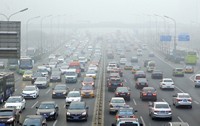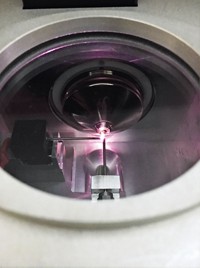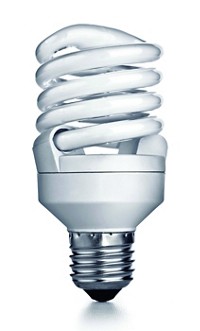Advertisement
Grab your lab coat. Let's get started
Welcome!
Welcome!
Create an account below to get 6 C&EN articles per month, receive newsletters and more - all free.
It seems this is your first time logging in online. Please enter the following information to continue.
As an ACS member you automatically get access to this site. All we need is few more details to create your reading experience.
Not you? Sign in with a different account.
Not you? Sign in with a different account.
ERROR 1
ERROR 1
ERROR 2
ERROR 2
ERROR 2
ERROR 2
ERROR 2
Password and Confirm password must match.
If you have an ACS member number, please enter it here so we can link this account to your membership. (optional)
ERROR 2
ACS values your privacy. By submitting your information, you are gaining access to C&EN and subscribing to our weekly newsletter. We use the information you provide to make your reading experience better, and we will never sell your data to third party members.
Environment
Underestimated Airborne Mercury Levels
Amount of reactive mercury in the atmosphere could be two to three times higher than previously reported
by Journal News and Community
January 28, 2013
| A version of this story appeared in
Volume 91, Issue 4
A study finds the methods scientists typically use to monitor airborne mercury underestimate the levels of a reactive form of the metal. About 95% of the mercury in air is elemental mercury. The rest consists of more reactive but hard to detect mercury(II) compounds, such as mercuric chloride, says Mae S. Gustin, an environmental scientist at the University of Nevada, Reno. Environmental scientists worry about reactive mercury species because when they fall to Earth, microorganisms can transform them into methylmercury, which is toxic and harmful to wildlife and people. The standard detection method uses a potassium chloride-coated quartz surface to trap reactive mercury compounds. The new technique measures total and elemental airborne mercury levels via atomic fluorescence spectroscopy and determines the amount of reactive species from the difference. On the basis of an experiment comparing both methods, Gustin concludes that reactive mercury concentrations in air could be two to three times as much as previously reported (Environ. Sci. Technol., DOI: 10.1021/es3039104).





Join the conversation
Contact the reporter
Submit a Letter to the Editor for publication
Engage with us on Twitter